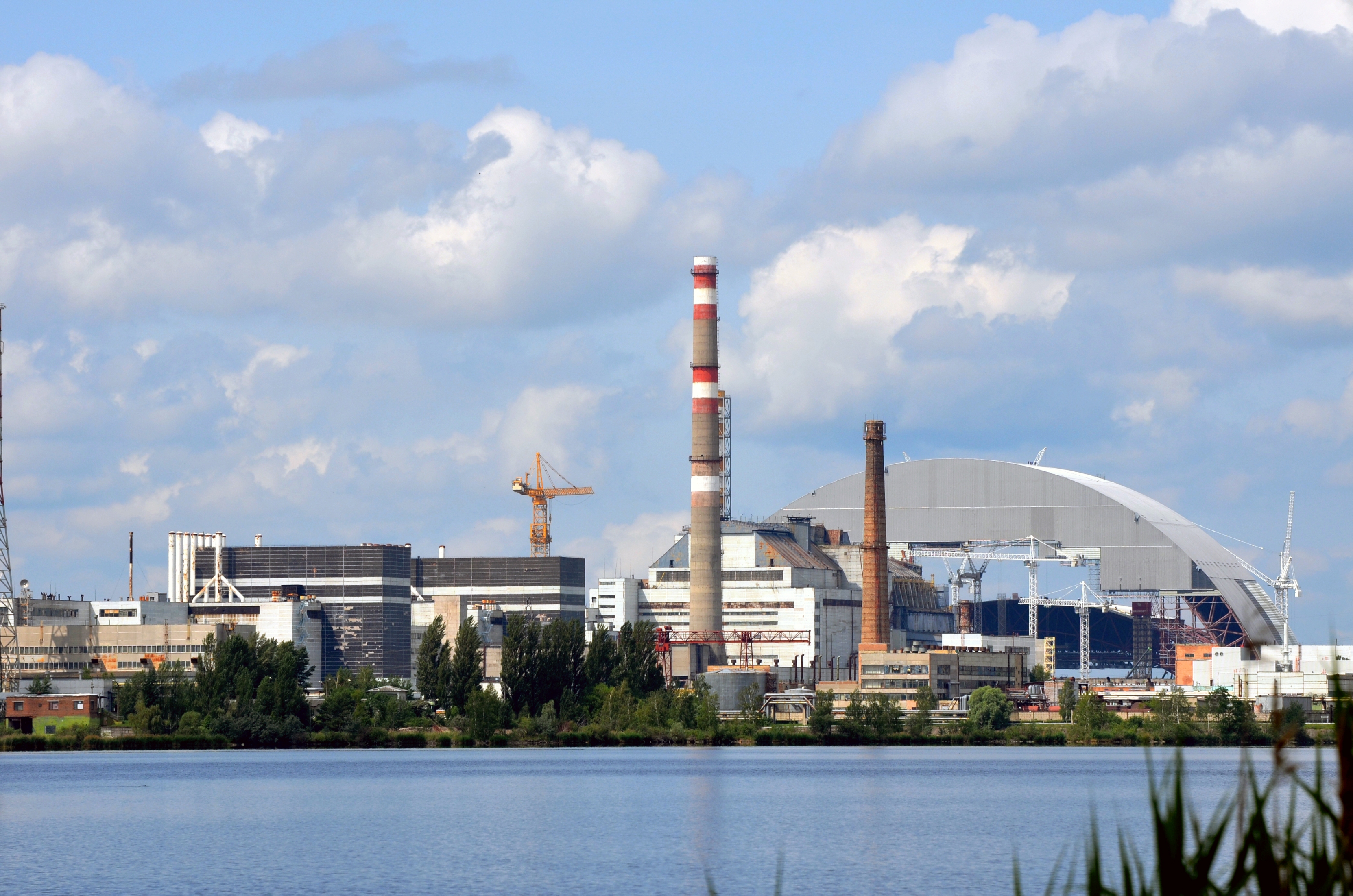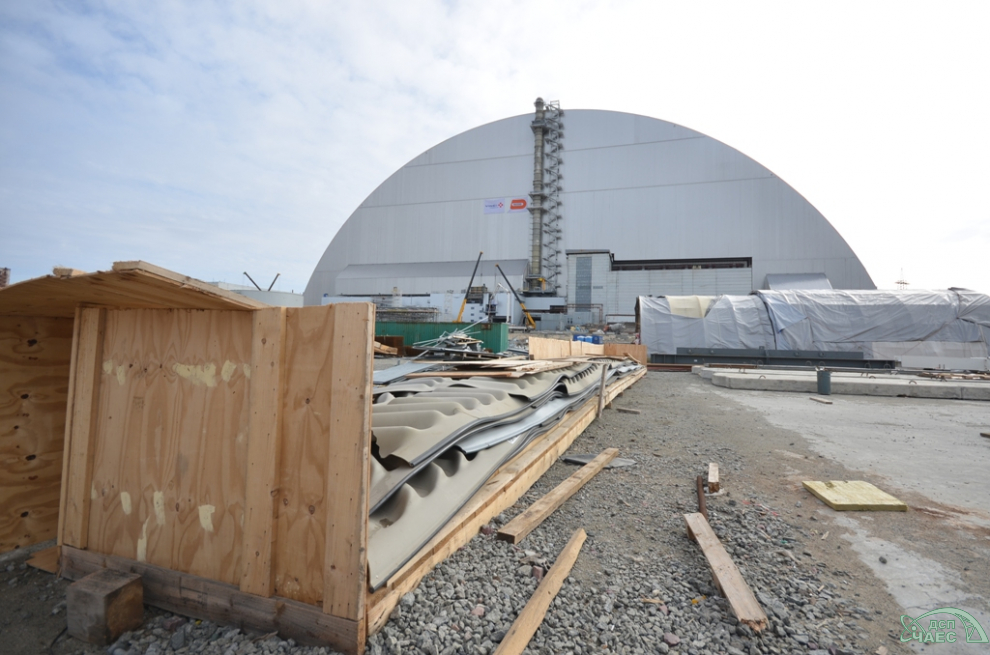2. The "Chernobyl-Type" Reactor Isn't Common. The type of reactor that experienced the accident in 1986 was also built at other locations around the former Soviet Union, but was never built in an identical form elsewhere. Specific and peculiar problems with the design of this type of reactor (known as the RBMK-1000 model) coupled with operator errors allowed it to get into an unstable condition that is practically impossible with any other kind of reactor; the lack of containment, which all reactors in the United States have, allowed the wide escape of radioactive material once the core was exposed.
3. RBMK Reactors Still Run, But Not the Same. The RBMK type reactors still in operation in some areas of Russia today are not much like the type as it existed in the 1980s. Many changes have been made, in terms of fuel, control rods, safety equipment, and operating procedures. While there has been a push in Europe generally to shut every last one down, in some areas they are a major source of power-and losing that power would plunge the surrounding region into darkness.
4. The Accident Scene is Contained. A very large enclosure, sometimes called "The Sarcophagus," was quickly engineered and constructed to contain the destroyed reactor and its surrounding heavily damaged reactor building soon after the accident. However, this enclosure proved over time to be leaky and somewhat impermanent after all; thus a new, gigantic enclosure looking a lot like a traditional aircraft hangar (but much larger) has been built and moved over the previous enclosure.
5. Soon-To-Be Sealed. The huge new enclosure over the plant is designed to absolutely prevent release of any materials from inside and to prevent weather from affecting work ongoing inside of it. To this end, this past month the huge seals for the enclosure (seen staged in the photo at the top) have been delivered. According to the site operator, SSE ChNPP, the seals will soon be installed, isolating the environment inside the new structure permanently.

Chernobyl Nuclear Plant as it appeared recently, before the new shelter was put in place. Units 1 and 2 reactor buildings are nearer at the left, with horizontal dark and light gray stripes. Units 3 and 4 reactor buildings are further; Unit 3's slanted roof sections can be seen discerning the reactor location. Near to this but not shown are the never finished Units 5 and 6, work on which was halted after the accident.
Learn more about the Chernobyl accident by reading ANS Nuclear Cafe's post from last year.
 Will Davis is a member of the Board of Directors for the N/S Savannah Association, Inc. He is a consultant to the Global America Business Institute, a contributing author for Fuel Cycle Week, and he writes his own popular blog Atomic Power Review. Davis is also a consultant and writer for the American Nuclear Society, and serves on the ANS Communications Committee and the Book Publishing Committee. He is a former U.S. Navy reactor operator and served on SSBN-641, USS Simon Bolivar.
Will Davis is a member of the Board of Directors for the N/S Savannah Association, Inc. He is a consultant to the Global America Business Institute, a contributing author for Fuel Cycle Week, and he writes his own popular blog Atomic Power Review. Davis is also a consultant and writer for the American Nuclear Society, and serves on the ANS Communications Committee and the Book Publishing Committee. He is a former U.S. Navy reactor operator and served on SSBN-641, USS Simon Bolivar.




 Will Davis is a member of the Board of Directors for the N/S Savannah Association, Inc. He is a consultant to the Global America Business Institute, a contributing author for Fuel Cycle Week, and he writes his own popular blog
Will Davis is a member of the Board of Directors for the N/S Savannah Association, Inc. He is a consultant to the Global America Business Institute, a contributing author for Fuel Cycle Week, and he writes his own popular blog